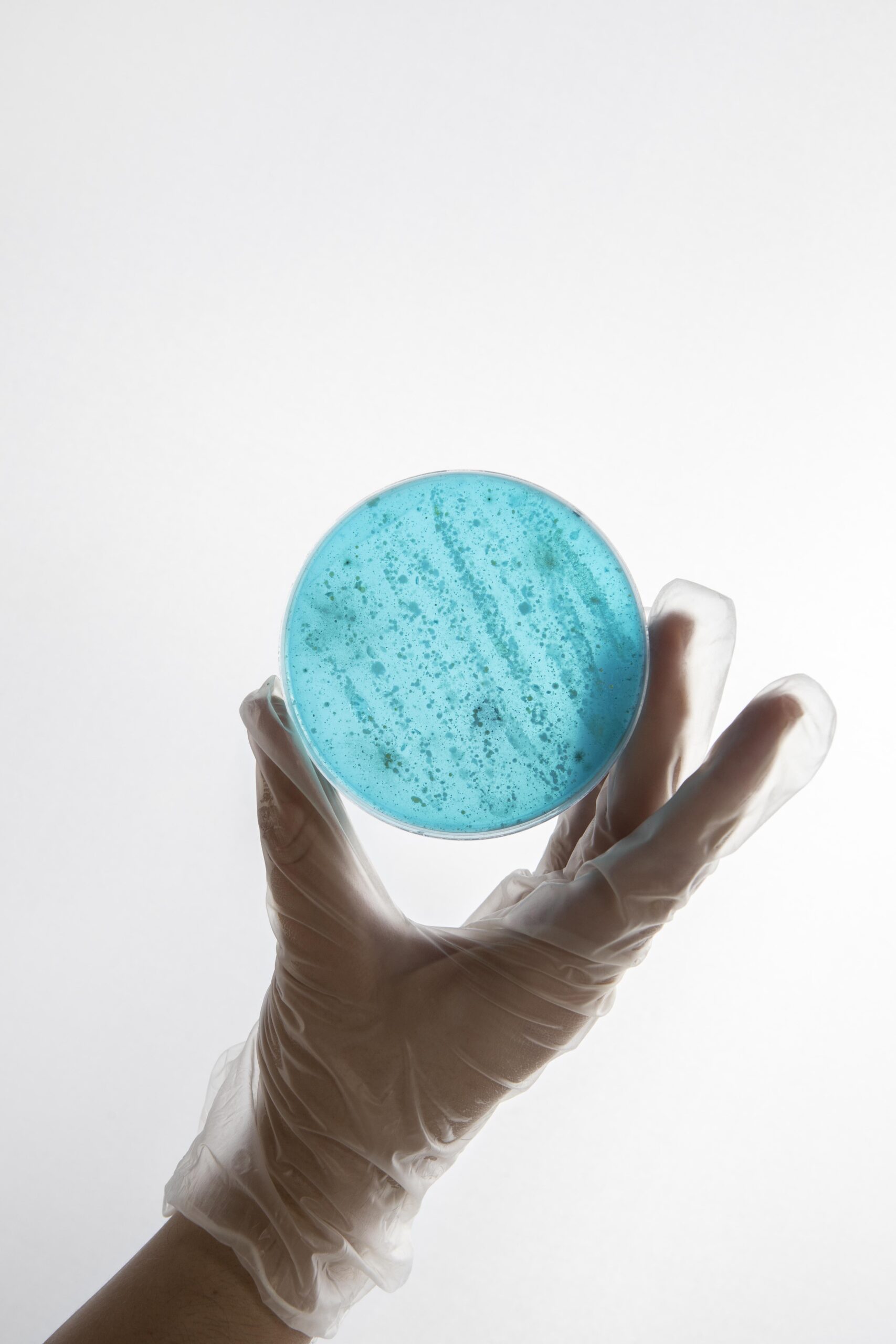The success of microbiological experiments often lies in selecting the right tools, and prefilled Petri dishes are no exception. To ensure optimal results, researchers must carefully consider several factors:
1. Research Objectives
- Define the goals of your study. Are you isolating pathogens, conducting antibiotic susceptibility tests, or exploring microbial diversity? The type of experiment dictates the ideal Petri dish specifications.
2. Specific Microorganism Requirements
- Different microorganisms have unique growth needs. Some thrive on nutrient agar, while others require specialized media like MacConkey or Sabouraud agar. Tailoring the dish to the microorganism ensures reliable results.
3. Growth Media Specifications
- The choice of media is critical. Consider factors like nutrient content, pH levels, and additives to promote or inhibit certain microbial growth. Verify that the prefilled dishes you select match your media requirements.
Media Composition
Prefilled Petri dishes come with a variety of growth media to suit diverse research needs. Understanding the options helps you make informed decisions:
1. Types of Growth Media
- General-purpose media like nutrient agar are suitable for a wide range of bacteria.
- Selective media, such as Mannitol Salt Agar, isolate specific microorganisms.
- Differential media, like Eosin Methylene Blue Agar, help distinguish between species based on metabolic activity.
2. Specialized Formulations
- Certain applications demand tailored formulations, such as chromogenic media for rapid pathogen detection or media enriched with blood for fastidious organisms.
3. Custom Media Development
- Some manufacturers offer bespoke media solutions. If your study has unique requirements, consider collaborating with suppliers to develop custom prefilled dishes.
Sterility Requirements
Sterility is paramount in microbiological research. Prefilled Petri dishes must meet stringent standards to prevent contamination and ensure reproducibility:
1. Certification Standards
- Look for dishes certified to ISO or CLSI guidelines, which guarantee sterility and performance consistency.
2. Testing Protocols
- Verify that the manufacturer conducts rigorous quality control, including sterility tests and microbial load assessments.
3. Handling Guidelines
- Improper handling can compromise sterility. Always store dishes in sealed packaging and use aseptic techniques during experiments.
Storage Considerations
Proper storage extends the usability of prefilled Petri dishes and preserves their quality:
1. Temperature Requirements
- Most prefilled dishes require refrigeration (2°C to 8°C) to maintain media integrity. Avoid freezing, which can damage the media structure.
2. Shelf-Life Management
- Check expiration dates and rotate stock to ensure older dishes are used first. Expired media may yield unreliable results.
3. Preservation Techniques
- Vacuum-sealed or gas-flushed packaging can extend shelf life by minimizing exposure to contaminants and humidity.
Troubleshooting Guide
Even with the best-prepared dishes, issues may arise. A structured approach to troubleshooting ensures smooth experimentation:
1. Common Issues
- Contamination, uneven media distribution, and dehydration are frequent problems.
2. Diagnostic Approaches
- Inspect dishes visually for contamination or cracks. Test sterility controls alongside your experiments to identify external contamination sources.
3. Problem Resolution Strategies
- Replace compromised batches, adjust storage conditions, and review handling practices to minimize recurring issues.
Emerging Trends
The field of microbiology is rapidly evolving, and prefilled Petri dishes are keeping pace with innovative advancements:
1. Technological Advancements
- Automated filling technologies ensure consistent media quality, while 3D-printed dishes allow for customized designs and applications.
2. Customization Possibilities
- Researchers can now order media with specific additives, pH adjustments, or even multi-compartment dishes for parallel testing.
3. Interdisciplinary Applications
- Prefilled dishes are finding use beyond traditional microbiology, including biotechnological research, environmental monitoring, and food safety testing.
Choosing the right prefilled Petri dish is more than a logistical decision—it’s a critical factor that can influence the outcome of your research. By understanding selection criteria, media composition, sterility requirements, storage considerations, and troubleshooting strategies, researchers can ensure precision and reproducibility in their work. As emerging trends reshape the landscape, prefilled Petri dishes remain an essential tool, enabling breakthroughs across disciplines.


